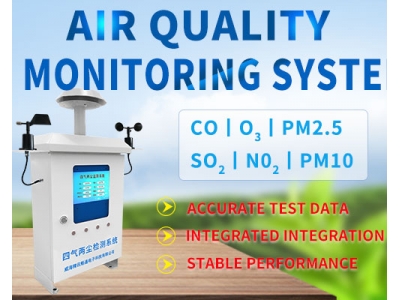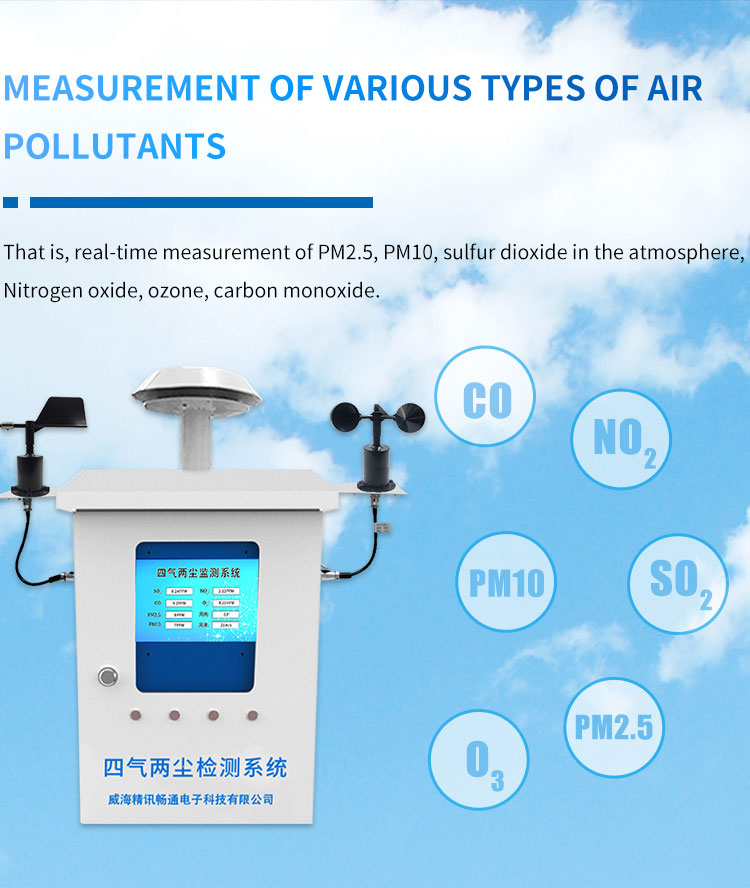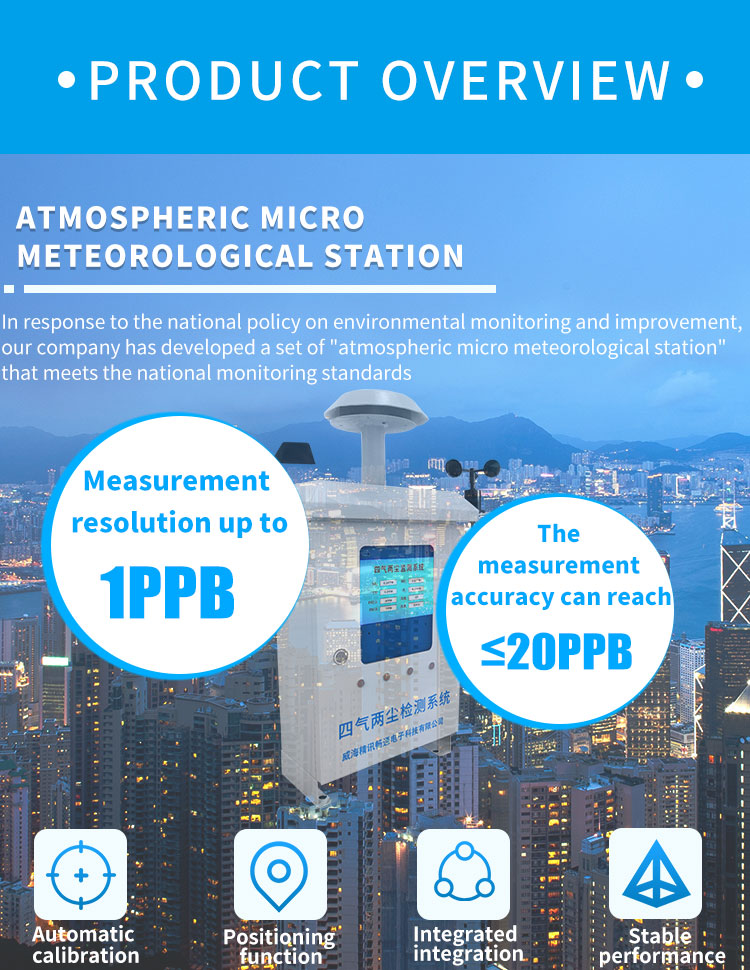
Air Quality Monitoring Systems: The Key to Breathing Clean Air in the Modern World
This has led to a growing demand for air quality monitoring systems to help people understand the quality of air they are breathing.

This has led to a growing demand for air quality monitoring systems to help people understand the quality of air they are breathing.
Air pollution has become a major concern for people living in urban areas around the world. With the rise of industrialization and increasing traffic, the air quality in many cities has reached alarming levels. The World Health Organization (WHO) estimates that outdoor air pollution is responsible for 4.2 million premature deaths every year. This has led to a growing demand for air quality monitoring systems to help people understand the quality of air they are breathing.
Air pollution is a complex issue, with many different factors contributing to its occurrence. These factors include emissions from vehicles, industrial processes, and even natural sources like wildfires. The problem is exacerbated by factors like weather patterns, topography, and population density. In order to understand the impact of air pollution on health, it is essential to monitor air quality and identify the sources of pollution.
With the growing concern over air pollution, there has been significant progress in the development of air quality monitoring technologies. These technologies range from simple handheld devices to complex systems that can monitor air quality in real-time. The latest technologies are capable of measuring multiple air pollutants simultaneously, providing a comprehensive picture of the air quality in a given area.
One of the most significant advancements in air quality monitoring technology is the development of low-cost sensors. These sensors can be deployed in large numbers to monitor air quality in real-time, providing accurate and up-to-date information on air pollution levels. These sensors are particularly useful in urban areas, where the concentration of pollutants can vary significantly over small distances.
Another important advancement is the integration of air quality monitoring systems with smart city technologies. With the rise of the Internet of Things (IoT), it has become possible to connect air quality sensors to a central network, allowing for real-time monitoring and analysis of air quality data. This integration allows cities to respond quickly to changes in air quality and take action to reduce pollution levels.
The use of satellite data has also revolutionized air quality monitoring. Satellites can provide information on air quality over large areas, allowing for a global perspective on air pollution. This technology has been particularly useful in monitoring air quality in remote areas, where ground-based monitoring is not feasible.

Air quality monitoring systems play a key role in addressing the problem of air pollution. They provide essential information on the quality of air in a given area, allowing policymakers to make informed decisions about measures to reduce pollution levels. They also help individuals understand the quality of air they are breathing and take steps to protect themselves from the adverse effects of pollution.
One of the most significant benefits of air quality monitoring systems is their ability to identify the sources of pollution. By analyzing the data collected by these systems, it is possible to identify the sources of pollution and take action to reduce their emissions. This can involve measures like stricter emissions regulations, investment in public transport, and encouraging the use of cleaner technologies.
Air quality monitoring systems are also essential in identifying areas where pollution levels are particularly high. This can help policymakers target their efforts to reduce pollution levels in the areas where they are most needed. This targeted approach can be particularly effective in urban areas, where pollution levels can vary significantly over small distances.
Air quality monitoring systems can also be used to raise public awareness of air pollution. By providing information on air quality in real-time, these systems can help individuals understand the impact of air pollution on their health and take steps to protect themselves. This can include measures like avoiding outdoor activities during times of high pollution, using air purifiers, and wearing masks.

The future of air quality monitoring systems looks bright, with continued advancements in technology and increasing awareness of the importance of clean air. One area of focus is the development of portable air quality monitors that individuals can use to monitor the air quality around them. These monitors can be connected to smartphones, allowing individuals to track air quality in real-time and take steps to protect themselves from pollution.
Another area of focus is the use of artificial intelligence (AI) to analyze air quality data. By analyzing large amounts of data, AI can identify patterns and correlations that may not be visible to human analysts. This can help identify sources of pollution and predict future air quality levels, allowing policymakers to take proactive measures to reduce pollution.
There is also a growing trend towards citizen science initiatives, where members of the public are encouraged to participate in air quality monitoring. This can involve using low-cost sensors or participating in data collection through mobile apps. Citizen science initiatives can help increase awareness of air pollution and empower individuals to take action to improve air quality in their communities.